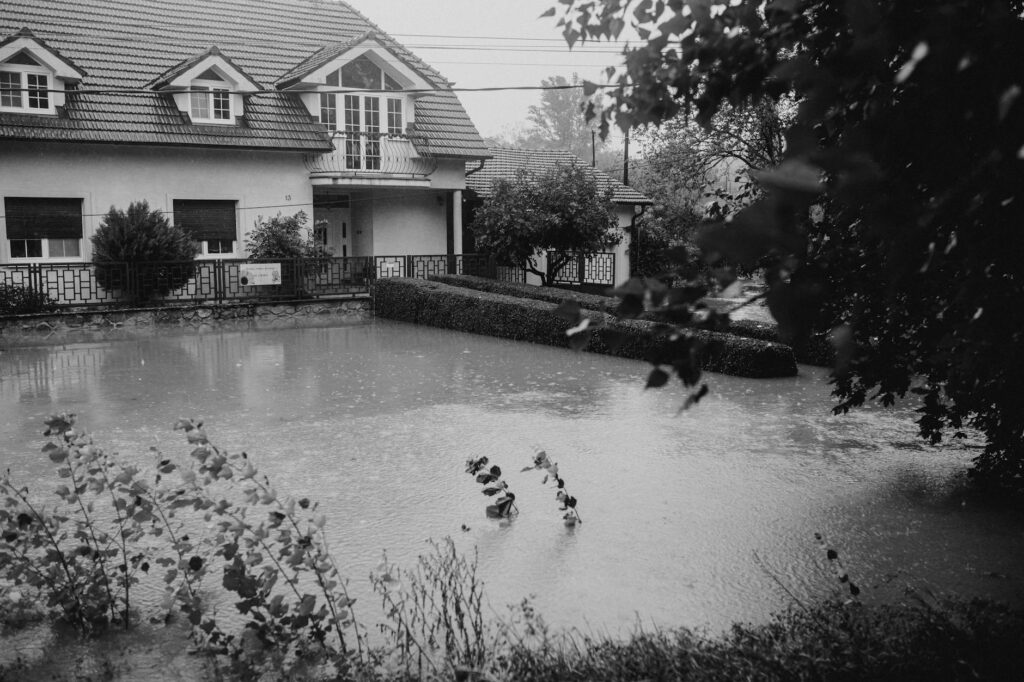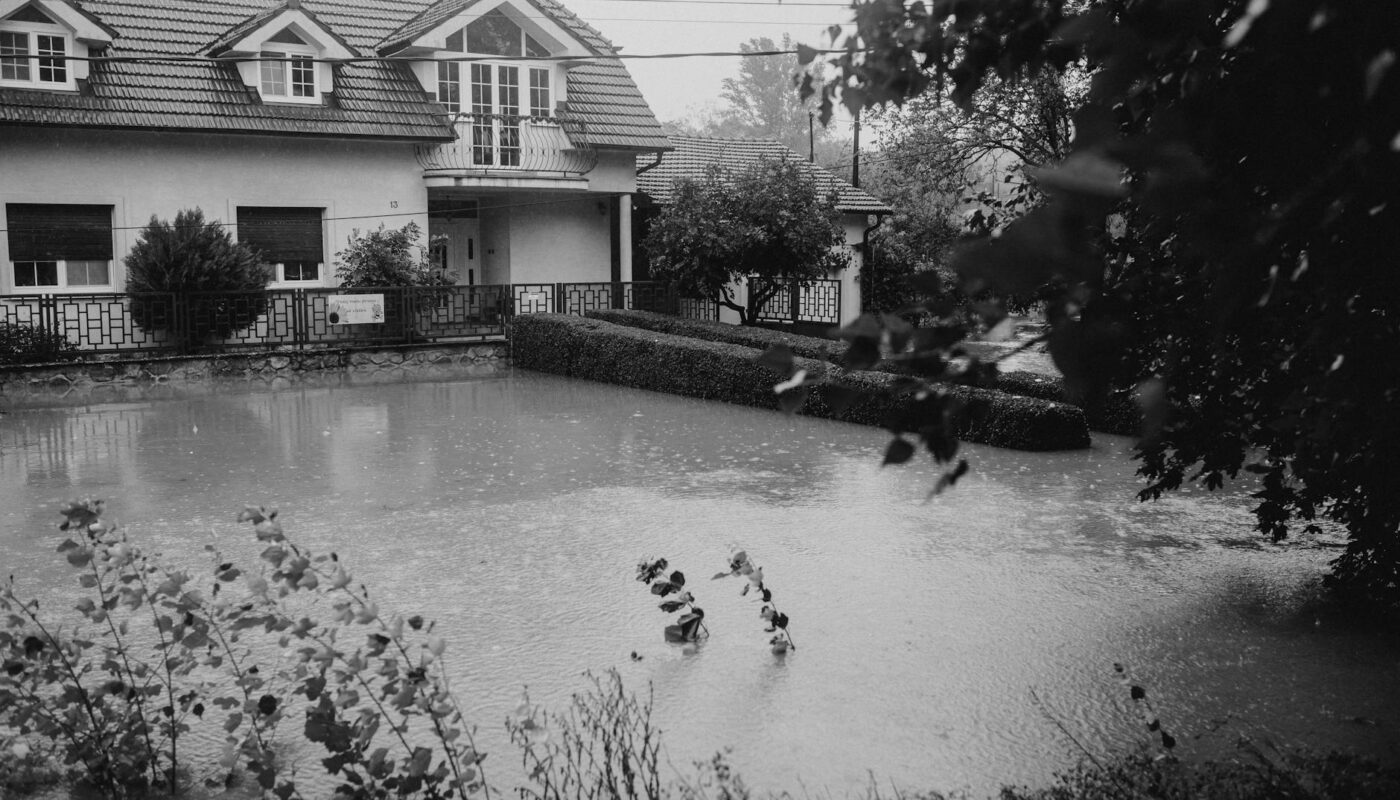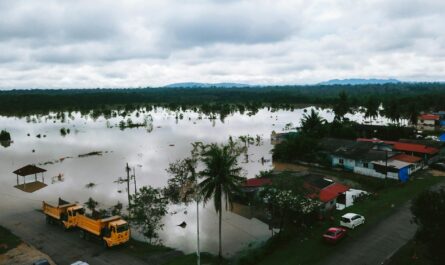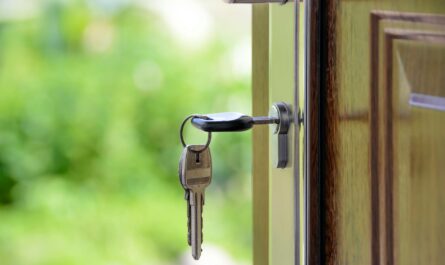Homeowners insurance is a crucial financial tool that protects one of your most significant assets: your home. Understanding what it covers can save you from considerable financial distress in the event of unforeseen circumstances. This post will break down the key aspects of homeowners insurance coverage, helping you make informed decisions about protecting your property.
Dwelling Coverage
This is the most significant part of your homeowners insurance policy. It covers the cost of repairing or rebuilding your house in case of damage from covered perils, such as fire, windstorms, hail, or vandalism. The coverage amount is usually based on the replacement cost of your home, not its market value. It’s important to ensure your dwelling coverage is adequate; underinsuring your home could leave you with substantial out-of-pocket expenses after a major event. 
Other Structures Coverage
Many policies also include coverage for other structures on your property, such as a detached garage, shed, or fence. This coverage typically provides a percentage (e.g., 10%) of your dwelling coverage. It’s important to review your policy details to understand the exact amount of coverage provided for these structures. Remember that this coverage applies to damage from the same covered perils as your dwelling coverage. Learn more about dwelling coverage limits.
Personal Property Coverage
Your homeowners insurance policy protects your personal belongings inside your home. This includes furniture, electronics, clothing, and other valuables. However, there are often limits on the amount of coverage for specific items, so it’s recommended to create a detailed home inventory to ensure you have adequate coverage. Consider scheduling an appraisal for high-value items such as jewelry or artwork. You might also need a separate rider or endorsement for additional coverage.Check your policy details for specifics on Personal Property coverage. 
Liability Coverage
Liability coverage protects you if someone is injured on your property or if you accidentally damage someone else’s property. This coverage pays for medical bills, legal fees, and other expenses associated with a liability claim. Liability coverage is extremely important as it can protect you from significant financial losses. Read more about liability limits and coverage. The amount of liability coverage you need depends on your individual circumstances and risk tolerance. Consult with an insurance professional to determine appropriate coverage.
Additional Living Expenses (ALE)
If your home becomes uninhabitable due to a covered loss, ALE coverage helps pay for temporary housing, meals, and other living expenses while your home is being repaired or rebuilt. This coverage can be incredibly helpful during a stressful time, providing financial assistance to maintain your standard of living. The amount of ALE coverage is usually a percentage of your dwelling coverage. [IMAGE_3_HERE]
Other Important Coverages
Many policies also offer additional coverages, such as coverage for trees, shrubs, and other landscaping; coverage for personal liability off your property; and coverage for certain types of water damage. It’s important to review your policy carefully to understand what’s included and what’s not. You may be able to add optional coverages to address any specific concerns. Compare different homeowners insurance plans to find the best fit for your needs.
Understanding your homeowners insurance policy is vital for protecting your home and financial well-being. By understanding the different coverage options, you can ensure that you have adequate protection in case of unforeseen events. Regularly reviewing and updating your policy to reflect changes in your property or possessions is highly recommended.
Frequently Asked Questions
What perils are typically covered? Commonly covered perils include fire, wind, hail, lightning, vandalism, and theft. However, specific coverage can vary by policy and location.
What is a deductible? Your deductible is the amount of money you pay out-of-pocket before your insurance coverage kicks in.
How often should I review my policy? It’s recommended to review your policy annually to ensure your coverage still meets your needs.
What isn’t covered? Generally, damage from flooding, earthquakes, and normal wear and tear are not covered under standard homeowners insurance policies. You may need to purchase separate flood or earthquake insurance.
How can I get a quote? You can get a quote by contacting several insurance providers and comparing their offerings.



